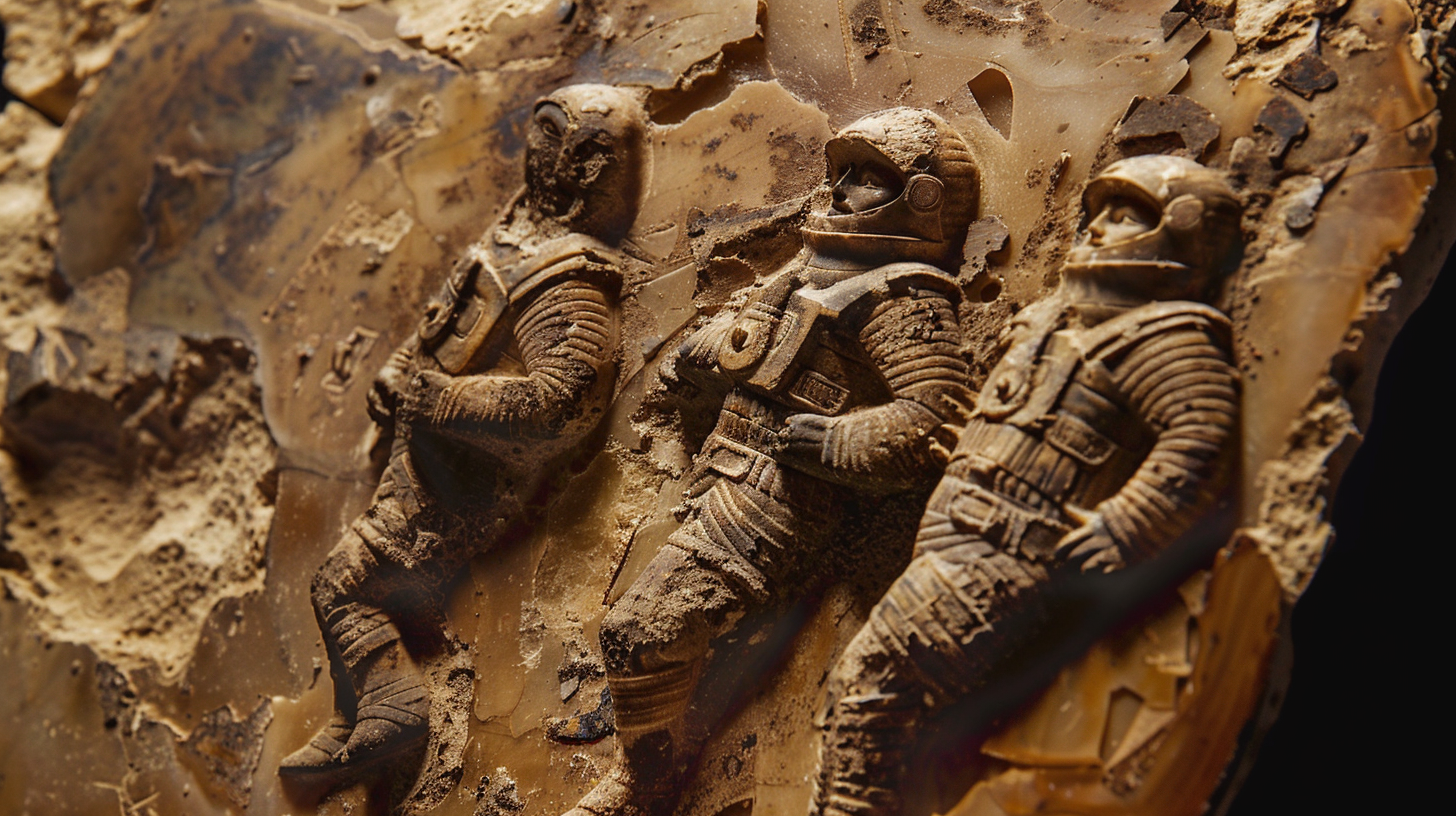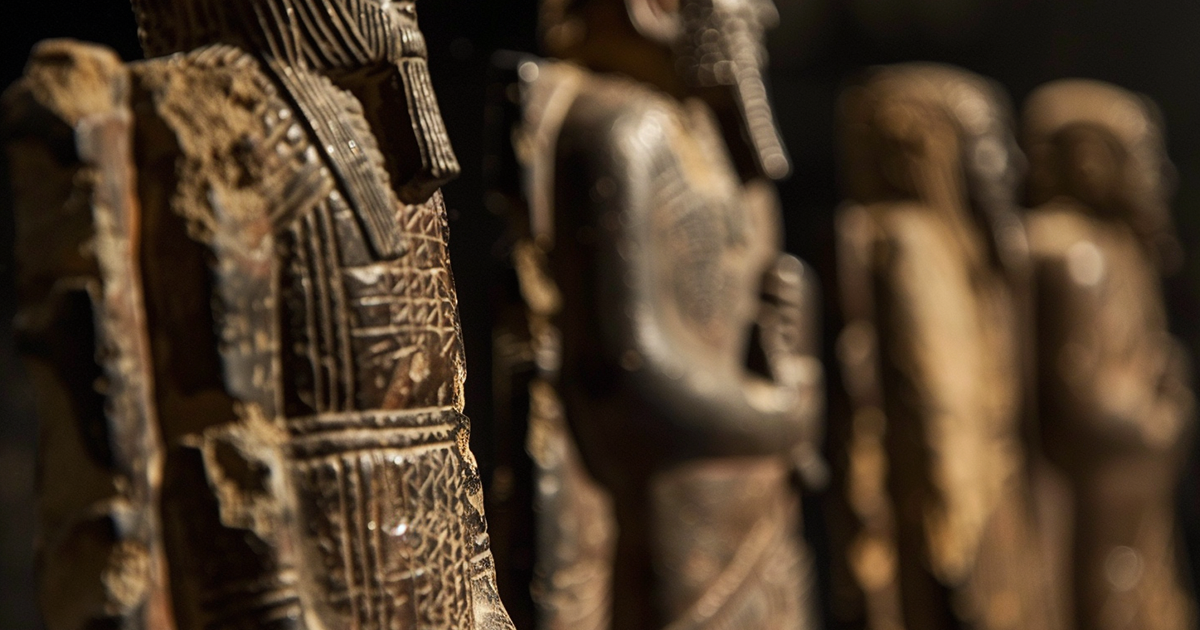As trailblazers of civilization, the ancient Sumerians have etched a vibrant history in human records, showcasing advancements in writing, mathematics, and governance. Within their cultural archives, a captivating puzzle awaits scholars – the mysterious depiction of ancient astronauts on Sumerian clay tablets. These enigmatic figures, dressed in unique garb, ignite fervent debates on encounters with extraterrestrial life. But do these portrayals serve as evidence of cosmic visitors, or are they symbolic musings entrenched in human lore?
Unearthed in the 19th century by archaeologists in present-day Iraq (ancient Mesopotamia), the discovery of Sumerian clay tablets unveiled insights into Sumerian life, belief systems, and narratives. Among these tablets lie depictions of humanoid figures clothed in unconventional outfits, akin to contemporary spacesuits.
The proponents of the ancient astronaut theory argue that these depictions authenticate encounters with extraterrestrial entities who shared advanced knowledge with the Sumerians. They highlight the intricate outfit details, drawing parallels to modern astronaut gear like helmets, gloves, and possible oxygen apparatus. According to this viewpoint, the Sumerians’ achievements in astronomy, mathematics, and engineering could stem from interactions with these extraterrestrial beings.

Moreover, enthusiasts of this theory reference Sumerian texts such as the Epic of Gilgamesh, recounting tales of gods descending from the heavens in flying vessels. They argue that these narratives bear striking resemblance to modern spacecraft, hinting at the Sumerians witnessing advanced technology beyond their era.
However, skeptics advise against hasty extraterrestrial inferences. They propose that the clay tablet depictions symbolize deities or mythical entities rather than literal alien representations. In ancient Mesopotamian beliefs, gods often assumed human-like forms, blurring the lines between mortals and immortals. Hence, the figures on the tablets may symbolize these mythical beings rather than actual extraterrestrial guests.
Further arguments caution against interpreting ancient relics through present-day viewpoints, as it may impose contemporary biases onto bygone civilizations. Without concrete evidence like remnants of advanced technology or direct mentions of alien interactions, the ancient astronaut theory remains speculative.
In response to critiques, supporters highlight other ancient cultures portraying humanoid beings in advanced attire, from Egyptian rulers to the Nazca lines in Peru. They advocate for a global prevalence of civilizations symbolizing encounters with entities from outer space.
While differing theories abound, various interpretations of ancient artifacts provide nuanced outlooks. Rather than suggesting direct alien contact, some scholars suggest that these depictions represent human aspirations for exploration and transcendence. Hence, the figures on the clay tablets embody humanity’s intrinsic curiosity about the cosmos and our desires to transcend earthly confines.
Ultimately, the discourse on Sumerian clay tablets and ancient astronauts emphasizes the challenges of interpreting ancient artifacts and the limitations in our comprehension. As we delve into ancient mysteries, maintaining humility and an open mind while exploring these relics is paramount. Whether the portrayals on Sumerian clay tablets truly signify encounters with extraterrestrial beings or reflect the diverse fabric of human mythology, one certainty prevails – the pursuit of wisdom transcends time and space, guiding us on an expedition through history.
